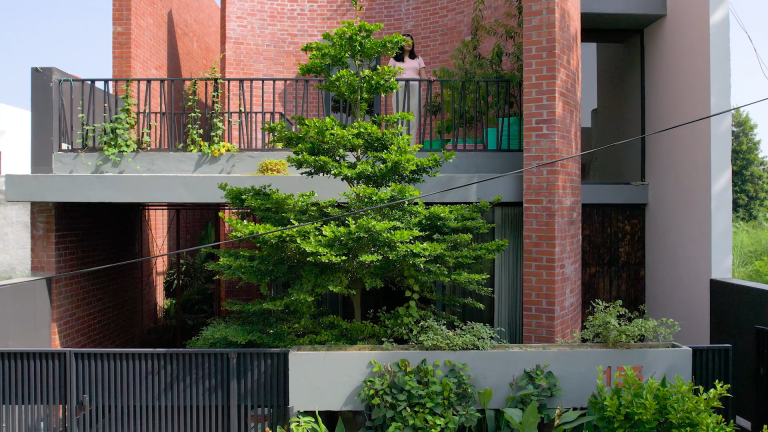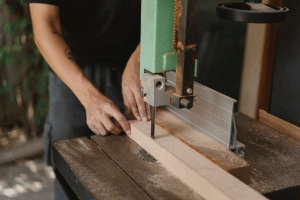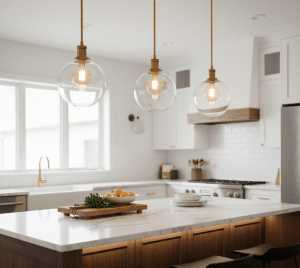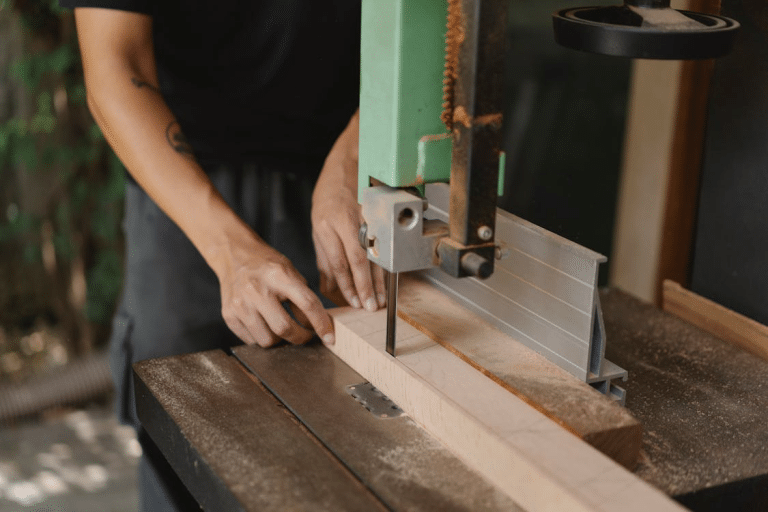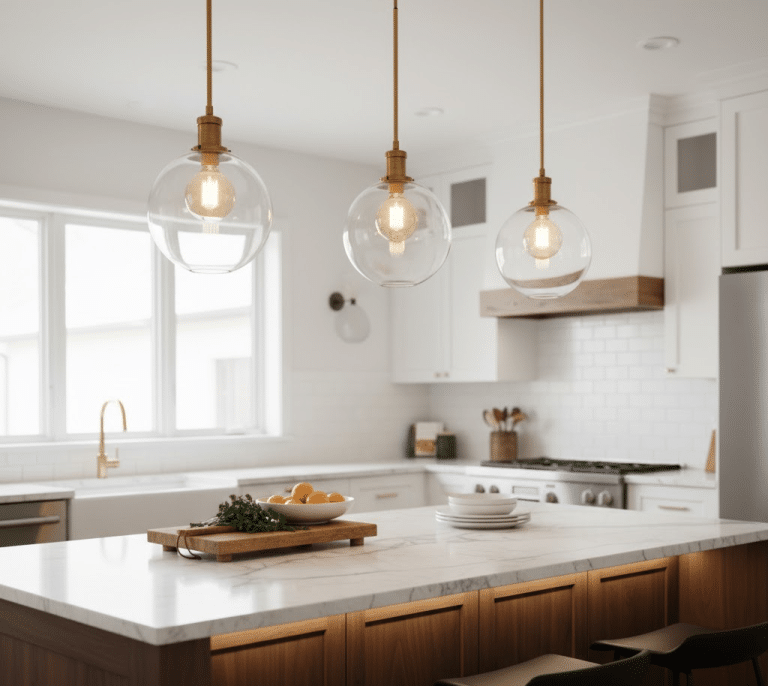Aussies are no strangers to hot, sticky summers. However, between the blazing sunshine and oven-like humidity, many houses across our great southern land just aren’t set up to cope with such challenging conditions.
How people coped back in the day is anyone’s guess. But thankfully, you don’t have to suffer quite as much as they might have done. Indeed, with a little forward planning, you can make your home a lot more comfortable between the months of December and February. At the same time, you can even save some money on your energy bills and better protect your property from damage when the mercury soars.
This guide will walk you through some simple yet effective ways you can get your home ready for the summer in Sydney. It covers cooling, maintenance, and gardening, and we’ve even thrown in some tips to keep your energy costs under control. Hopefully, you will find it a useful resource.
1. Check Your Cooling Systems Early
Your air conditioner is your best friend during the summer months. But you shouldn’t wait until the first 30+ degree day rolls around before you switch it on.
Ideally, you should book a service in the spring months with a company like Alliance Climate Control’s services in Alexandria. They will perform a thorough cleaning of it and a full test to see if everything is working at an optimum level.
While this might incur an expense, a well-maintained unit not only lasts longer but also reduces your energy use through greater efficiency.
2. Improve Your Insulation and Ventilation
Insulation is a great way to keep your home warm in winter. But did you know, having a properly insulated roof and walls is also an excellent way to keep the heat out during the summer months.
One of the main benefits of having good insulation is that your cooling system doesn’t have to work as hard. This, in turn, means you end up paying less for your energy bills in the summer.
Aside from taking steps to better insulate your home, you should also focus some of your attention on improving its ventilation. It is worth having extra windows and skylights put in to improve airflow. If you do, it will reduce moisture, limit the growth of mould and prevent structural damage from occurring.
3. Invest in Some More Fans
Even if you already have a decent cooling system, it is worth investing in some fans. It is always good to have a good mix of ceiling, stand-up and portable fans to draw upon for immediate relief.
They can also be used to give your air-conditioning system a break and improve your airflow on those really hot and muggy days.
4. Do Some Summer-Related Home Maintenance
They say a stitch in time saves nine. So, when you know that summer is just around the corner, it is a good idea to perform some maintenance around your home to help it cope with what Mother Nature might throw at it.
Some of the things you should consider doing include:
- Cleaning gutters to prevent blockages during sudden storms.
- Checking seals on doors and windows to stop hot air from sneaking in.
- Testing smoke alarms and checking electrical systems. Heat can place extra pressure on the wiring.
- Servicing your air conditioning and fans before the season starts.
By doing such maintenance ahead of time, it can help you to avoid costly and inconvenient repairs during the middle of a heatwave.
5. Prepare for Heat Waves
Talking of heat waves, whenever you are expecting one to hit, it is wise to prepare accordingly.
One of the first things you should do is stock up on water, hydralytes and ice, as this will help you to better cope with the hotter days when they arrive. It is also prudent to create a cool zone in your house, which should ideally be somewhere that has the blinds drawn and air conditioning running.
It is a good idea, too, to keep a backup power bank for your phone and some extra batteries for torches in case of a blackout. This kind of planning gives you and your family a much better chance of managing when conditions get extreme.
6. Be Storm-Ready
Australian summers often bring wild storms, particularly in New South Wales. Therefore, it follows that preparing your home for summer storms is just as important as planning for heat.
To do this, trim back overhanging branches, secure outdoor furniture, and make sure your drains are clear. It will also help to have a small emergency kit with a torch, batteries, and bottled water handy in case you need to use them.
Here are some other ways you can protect your home from wind or hail.
7. Control Humidity Indoors
When the temperature climbs, it is not just the heat that makes you uncomfortable. Humidity can leave your home feeling heavy and sticky. High moisture levels also create the perfect environment for mould, which is something no one wants in summer.
The easiest fix is to use exhaust fans in areas like bathrooms, laundries, and kitchens. They help move damp air outside instead of letting it build up indoors. On especially humid days, a portable dehumidifier is a smart investment. Not only does it improve your levels of comfort, but it also helps your air conditioner work more efficiently.


